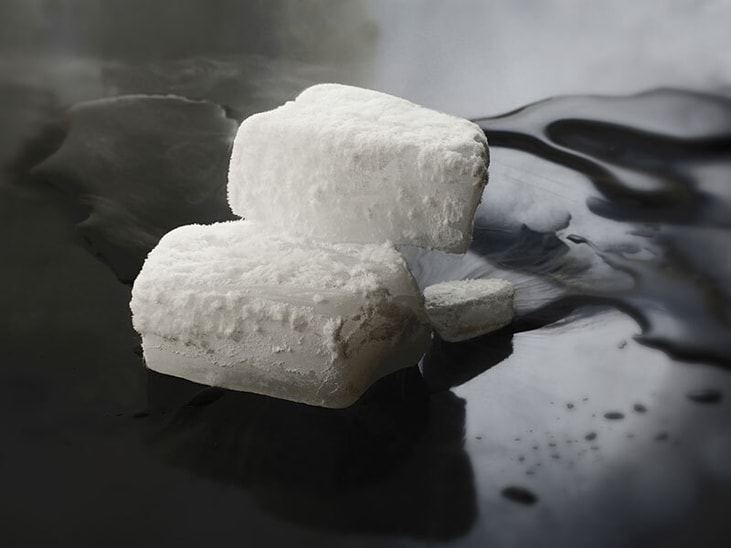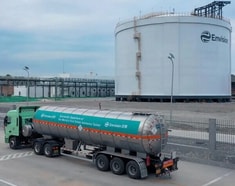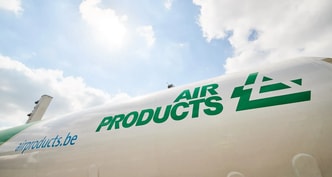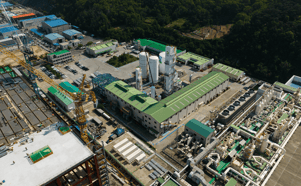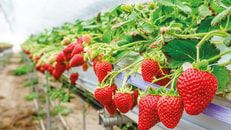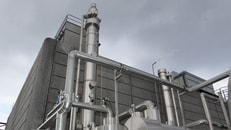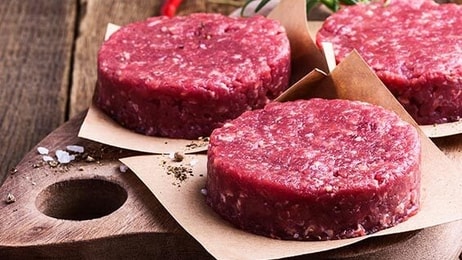Sustainable dry ice production
Relatively speaking, dry ice is hardly one of the major markets or applications for carbon dioxide (CO2). Its contribution to global warming might not be tremendous. However, each industry has a responsibility and it participants – big as well as small – have a role to play, regardless of how imperceptible it might seem.
As Gandhi once said, “Whatever you do in life will be insignificant, but it’s very important that you do it.”
Dry ice is predominantly used for cooling and conservation of food and (bio)pharmaceutical products, airline catering, wine-making and the increasingly popular application that is dry ice blasting. All of these applications require food-grade CO2 (although dry ice blasting could do with industrial quality in a few cases). It is quite plausible that most dry ice is made out of the pool of CO2 assigned to the food industry and beverage carbonation.
... to continue reading you must be subscribed

